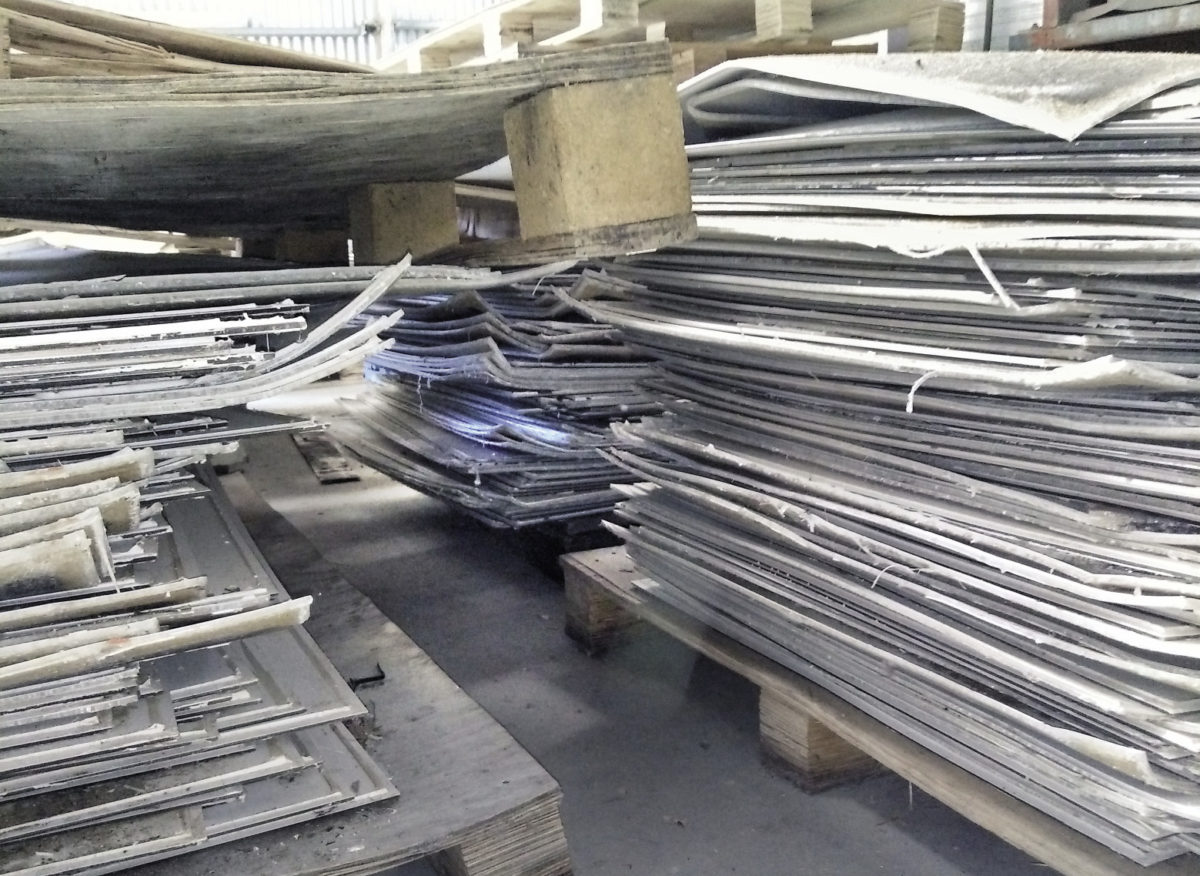Scientists from East China University of Science and Technology claim to have developed a new process to separate backsheets from end-of-life PV modules for recycling purposes.
The research team separated backsheets from a 125+135+2 mm end-of-life crystalline solar module manufactured by Shenzhen Hong Liang Optoelectronics by using a mixed solution of organic solvents, water and ultrasonic radiation.
They used an industrial-grade ultrasonic cleaner with 720 W of power, a frequency rating of 28 Khz, and 1,000 W of heating power in the process. When the cleaner was filled with enough water, the container with the solvent and the PV modules was placed in a washer for ultrasonication.
The disposal of backsheets was performed at different temperatures – 30 C, 50 C, 70 C – and ultrasonic power levels of 180 W, 360 W and 720 W. The experiments were conducted at 50 C and the solvent concentration was 50%.
When the researchers used benzyl alcohol and butanone as a solvent, the separation effect was enhanced with the increase of ultrasonic power. “When the ultrasonic power was 720 W, the backsheet could be completely separated within 210 minutes,” the research team explained. “As the ultrasonic power was decreased to 360 W or 180 W, the separation was less effective, there was almost no separation of the backsheets.”
Popular content
The scientists found that when butanone and benzyl alcohol were used in the solvent, the backsheet could be completely separated within 240 minutes. “At a temperature of 50 C, the separation effect in formic acid and acetic acid was poor (almost no separating), but acetic acid was superior to formic acid,” the researchers said.
They identified butanone as the the most effective solvent for separating backsheets from end-of-life PV modules by ultrasonic radiation. “When the temperature was 70 C, the backsheet can be separated in solvents with a concentration of 50%; however, in the butanone solvent, the silicon wafer was damaged to varying degrees, mainly due to the swelling of the EVA,” the researchers said.
They presented their findings in Separation of backsheets from waste photovoltaic (PV) modules by ultrasonic irradiation, which was recently published in IOP Conference Series: Earth and Environmental Science.
This content is protected by copyright and may not be reused. If you want to cooperate with us and would like to reuse some of our content, please contact: editors@pv-magazine.com.



1 comment
By submitting this form you agree to pv magazine using your data for the purposes of publishing your comment.
Your personal data will only be disclosed or otherwise transmitted to third parties for the purposes of spam filtering or if this is necessary for technical maintenance of the website. Any other transfer to third parties will not take place unless this is justified on the basis of applicable data protection regulations or if pv magazine is legally obliged to do so.
You may revoke this consent at any time with effect for the future, in which case your personal data will be deleted immediately. Otherwise, your data will be deleted if pv magazine has processed your request or the purpose of data storage is fulfilled.
Further information on data privacy can be found in our Data Protection Policy.